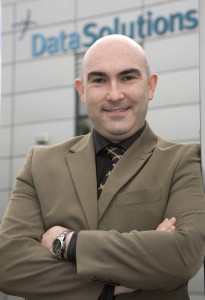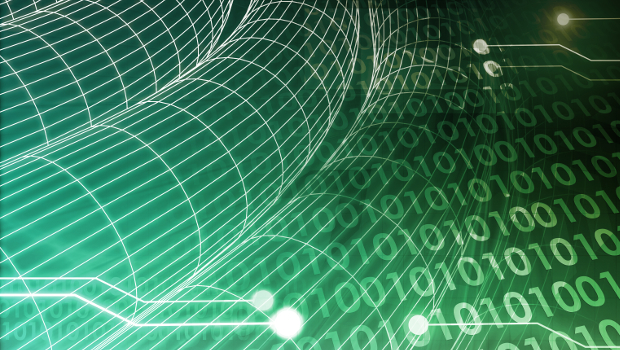When everything is soft it is almost completely flexible. That is the simple concept leading to the complex reality of the software-defined everything strategy that seems set to be the foreseeable future of ICT. From another point of view it is ultimate virtualisation, itself far from a new concept that goes all the way back to the mainframe computer. In recent generations of ICT the strategy of abstracting the logic — from operating systems to applications to networking controls — from the physical devices has brought a new freedom to all kinds of architecture.

The networking guys often refer to ‘merchant silicon’, commodity chipsets and equipment that SDN will bring together and manage. In many respects that means innovation for all ICT hardware is freed from the constraints of conforming to legacy and proprietary designs and standards, Francis O’Haire, DataSolutions
The virtual computer/virtual machine is the most advanced and most successful. That is the compute layer, as the professionals see it, which has to be complemented by the data storage and networking layers. Virtualisation has been around for a decade or more in storage but has really impacted on the market in more recent years. Networking is proving a more difficult challenge.
Software defined everything
All in all, software defined everything (now being used as SDE) is a loose but viable label from the marketing side for a strategy that will give maximum flexibility across all ICT. The key insight from many commentators is that ICT in the enterprise of the future will be all about how fast you can change. SDE will clearly assist in that, combining compute with storage and networking and data centre architecture. Hyper-convergence is based on that approach and looking good in the marketplace although it should be observed that we are talking from our legacy ICT. Web-scale grid computing as developed individually and collectively by the global giants is another proven approach to similar objectives, arguably also software defined, that may make a market impact in a few years’ time.
In many respects the move towards software defined ICT is about becoming less dependent on proprietary hardware and adopting commodity hardware as much as possible for all of the functions in the data centre, says Francis O’Haire, chief technical officer of Data Solutions. “The networking guys often refer to ‘merchant silicon’, commodity chipsets and equipment that SDN will bring together and manage. In many respects that means innovation for all ICT hardware is freed from the constraints of conforming to legacy and proprietary designs and standards. As we all recognise, most of the magic happens in software but when separated both software and hardware innovation can progress at their own natural rates.”
Rapid change
“One of the areas that is changing most rapidly is storage. Who can tell if in two or three years everything will be Flash or perhaps mostly Flash with something that has not yet even hit the market. There are some very innovative companies and ideas out there — data storage in DNA or electron spins, for example. We can take advantage of what comes along because we have separated the software layer. In data storage, we can choose to slot in new technologies as they become mainstream or state of the art or particularly suited for some specific purposes.”







Subscribers 0
Fans 0
Followers 0
Followers